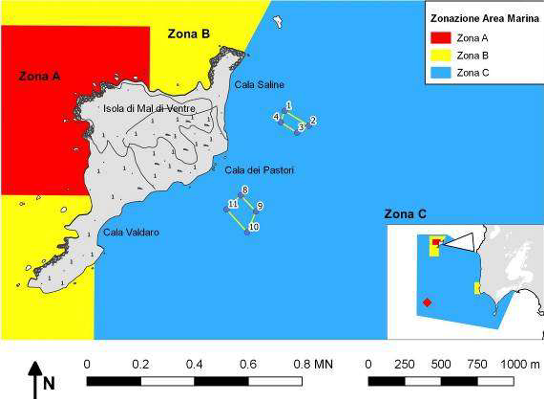Download the complete file to have it always available
INSTRUCTIONS FOR RUNNING THE INFLATABLE BOAT
NAVIGATION
All the information contained in this handbook can be useful for those who rent a rib of our fleet. The goal is to make the day safe and pleasant in the protected marine area of the Sinis Peninsula-Mal di Ventre Island.
We advise the renter to read the ordinance of the Maritime Authority and the regulation of the managing body of the A.M.P. which precisely describe the behaviors to follow while browsing the A.M.P. Sinis – Mal di ventre.
In order to drive safely, it is necessary to know the dinghy and its evolutionary motion for mooring, this is explained to the driver by Tharrosevices staff at the time of boarding.
During the rib excursion it is necessary to respect some fundamental rules necessary for navigation and the safety of people.
Below you will find all the useful and necessary information:
Navigation within the port and corridors must not exceed 3 knots of speed, to go at 3 knots it is sufficient to insert the lowest speed from the accelerator.
It is possible to approach the beach only if it has a launch corridor, once you get off the rib, the boat must be anchored at least 200 meters from the shore (the 200 meters are marked with red buoys), if there is no corridor it is forbidden to approach closer than 200 meters.
The A.M.P. It is equipped with buoy fields where you can moor comfortably using the rope supplied with the dinghy.The buoys that you will find and can use are of the types illustrated below:
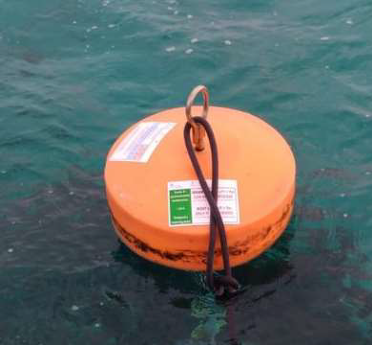
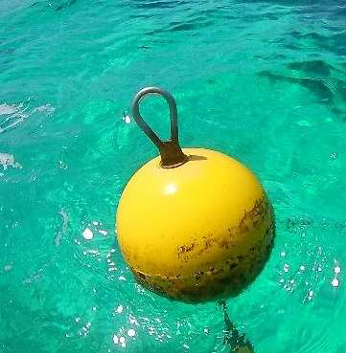
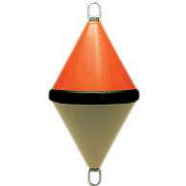
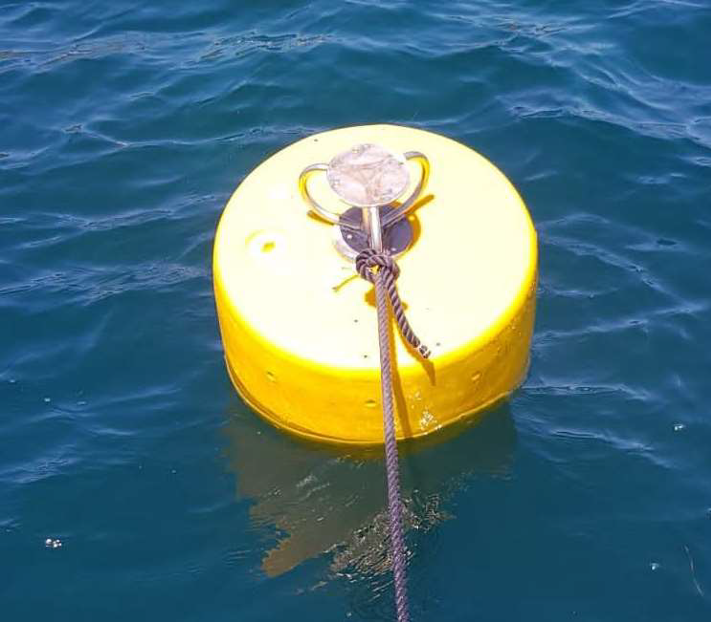
Mooring with buoys:
Having decided the place to stop and identified the buoy on which to moor and swim, you need to slowly approach the line joining the direction of the wind and the buoy, having arrived about 10 meters from the point you have to put the engine into neutral, (DO NOT SWITCH OFF THE ENGINE) wait for the momentum to reach the exact anchor point, otherwise, if this is not enough, give a small tap in forward gear and put it back into neutral. To this end, it is advisable to use the boat hook supplied with the dinghy to more easily grasp the ring of the buoy.
DANGEROUS AREAS, PROHIBITED AREAS AND BUOYAN HOLDING:
Mooring with anchor:
Anchoring must be done at least 200 meters from the coast and only on sandy seabed, the anchoring procedure is as follows:
- locate the imaginary anchor point, sufficiently distant from other boats or semi-outcropping rocks and 200 meters from the coast;
- Approach at minimum speed and through the wind
- once you have reached about 10 meters from the desired anchor point, put the engine in neutral, (DO NOT SWITCH OFF THE ENGINE) wait for the momentum to reach the exact anchor point, otherwise, if this is not enough, give a small tap of drive forward and put back in neutral;
- then, with the dinghy stopped and the engine running in neutral, visually make sure you anchor in a sandy bottom no more than 7 meters deep, at this point lower the anchor to the bottom by sliding the rope;
- when the anchor touched the bottom, the line slowed down its descent speed. At this point, anchor the line at least twice the length of the bottom, once this is done, secure the line to the bitt or rings provided;
- after securing the anchor line to the dinghy, wait for it to head to the wind, make sure it is not in the way or too close to other anchored vessels, and check for a few minutes if the anchor has caught and is holding on the bottom , keeping an eye on the fixed references along the coast;
- 7. once you are sure that the dinghy is well anchored to the bottom, you can turn off the engine, open the ladder and take a nice dip into the sea.
Detachment
The undocking procedure is as follows:
- make sure that everyone is on board, that there are no other surface or underwater swimmers around;
- close the ladder on board and withdraw any ropes from the dinghy in the water, at this point you can start the engine;
- collect the line until we see that it is vertical on the bottom, at which point the anchor is released from the bottom with a jerk and then lift the whole line and still on board, placing it in the appropriate compartment, engage the engine safety catch and you can now set off and navigate.
In navigation it is recommended to maintain a planing pace, this consists in accelerating the forward gear until you see that the dinghy is horizontal on the water and you have the sensation that it is slipping, at which point the speed reached is maintained. This allows you to have a regular pace and with reduced consumption.
In case of a diving boat anchored or at the buoy with the relative buoy marker and/or flag, a distance of 200m from it must be kept.
PRECEDENCES
For driving the dinghy you must respect the rules of precedence. Boats and boats arriving from our right (straight) have precedence. Sailing vessels have right of way on both sides.
NAVIGATING WITH FORMED WAVE
When driving the rib with a formed wave, the waves are steered by passing them at a 45° angle to the side of the rib. Face the ascent of the crest of the wave in acceleration, to then decelerate on the crest and re-accelerate after the crest.
In case of strong winds, call the rental for advice on returning and navigation.
Driving the rib
When the dinghy, each part of its state must be checked and ascertained, which must be returned in the same state as the same. Upon return, any missing or damaged part must be compensated by the leaser.
The inflatable boat
Our fleet consists of 3 BWA 5.50 ribs motorized with Mercury Pro 40hp. For rental, you do not need a boat license but it is important that you follow our instructions on using the boat. All our dinghies are equipped with a large bow sundeck, hold lockers (for bags under the sundeck and an additional one sheltered from the water for phones and wallets under the steering wheel), there are also awnings to be fixed only when the dinghy is anchored and stationary; on the other hand, under the seat further after there is a locker generally used for safety equipment, the tank and the dinghy battery.
The engine
To drive the rib, the engine is controlled by the accelerator and the steering wheel, WHEN THE ENGINE IS RUNNING, IT IS IMPORTANT TO MAKE SURE YOU HAVE THE SAFETY DEVICE CONNECTED, the accelerator has 3 gears, forward gear (click the clutch and the knob upwards), neutral (regardless of the position of the knob, move it towards the center without clicking the clutch and it locks by itself) and reverse (click the clutch and move the knob downwards).
Once a gear is engaged (reverse or forward), the more you push the knob (down or up depending on the gear you are using), the more you give the engine gas and the more you accelerate, while in neutral the engine is running but it is stationary (the propeller does not turn).
As for the steering wheel, it is used to change the direction of the dinghy during navigation, the bow of the dinghy follows the direction of the steering wheel (if you turn right it goes right, if you turn left it goes left).
When driving a dinghy, it’s safer to navigate standing up, this way you have a better view. Furthermore, in the event of backlighting and/or reflection on the water, pay more attention due to the difficulty of seeing obstacles.
Safety equipment
Safety equipment includes six life jackets, which are stored inside the locker under the sundeck.
The life jackets must be used during navigation and are equipped with a whistle for acoustic signaling
The rockets and the fire extinguisher on the other hand are kept inside the locker, or under the pilothouse, so as to be protected from the water. The fire extinguisher is used in the event of a fire. While the rockets are used if the dinghy is damaged without the possibility of contacting anyone.
Troubles with rib or engine
In the event of problems driving the dinghy, if the engine does not start, there is no need to worry. in this case what you have to do is if you have already raised the anchor, throw it back into the water. Otherwise, if the anchor is still in the water, stay anchored, at this point call the rental and let us know the position.
If, on the other hand, the problem concerns the dinghy, for example one of the tubulars has deflated, you need to call the rental to communicate the position and the problem.
In any case where the problem turns out to be serious and you are unable to continue, simply drop the anchor in the water, turn off the engine and call rental and we will take care of everything.
For the management of the dinghy everything is simple, the important thing is to pay attention and remember what is explained, in case of doubts contact the rental.
SINIS PENINSULA
FIELD BUOYS
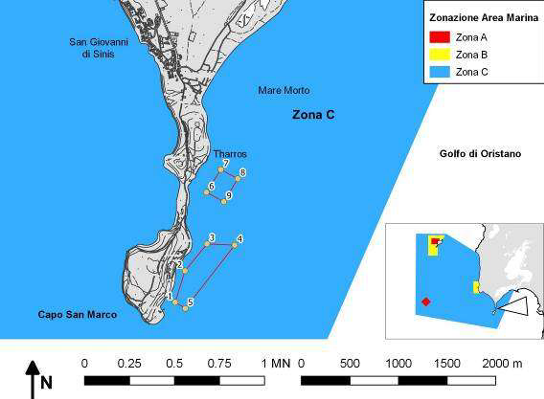
ANCHORING AREAS (DO NOT anchor on Posidonia)
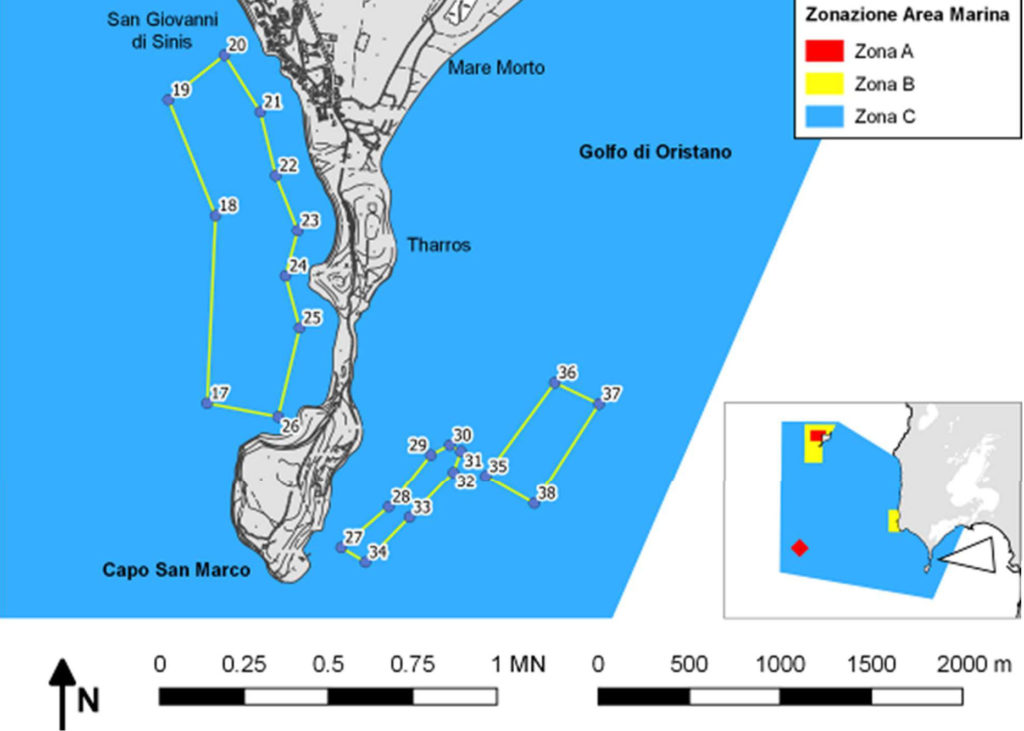
SAEVO TOWER
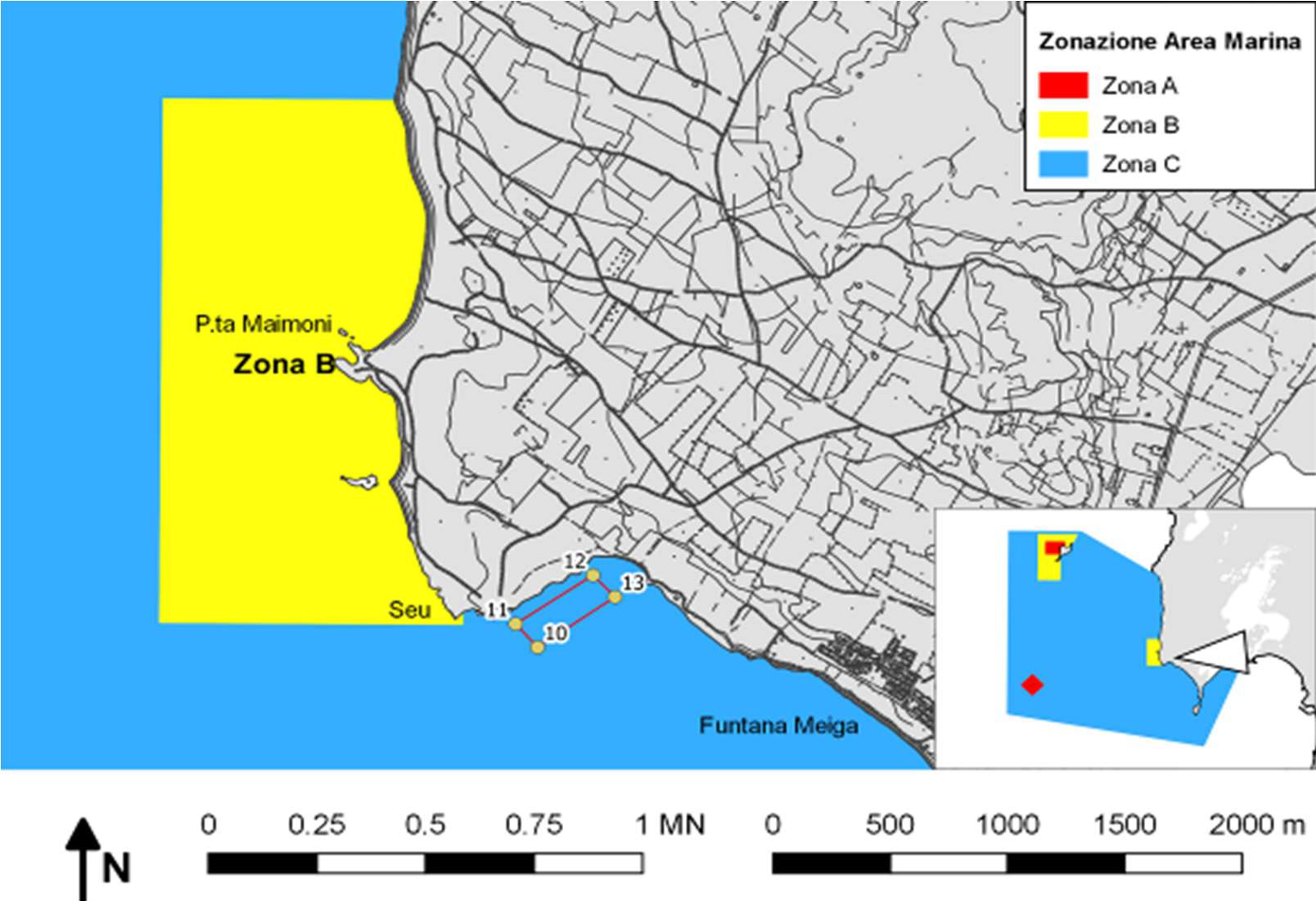
MAIMONI E IS ARUTAS
ANCHORING AREAS (DO NOT anchor on Posidonia)
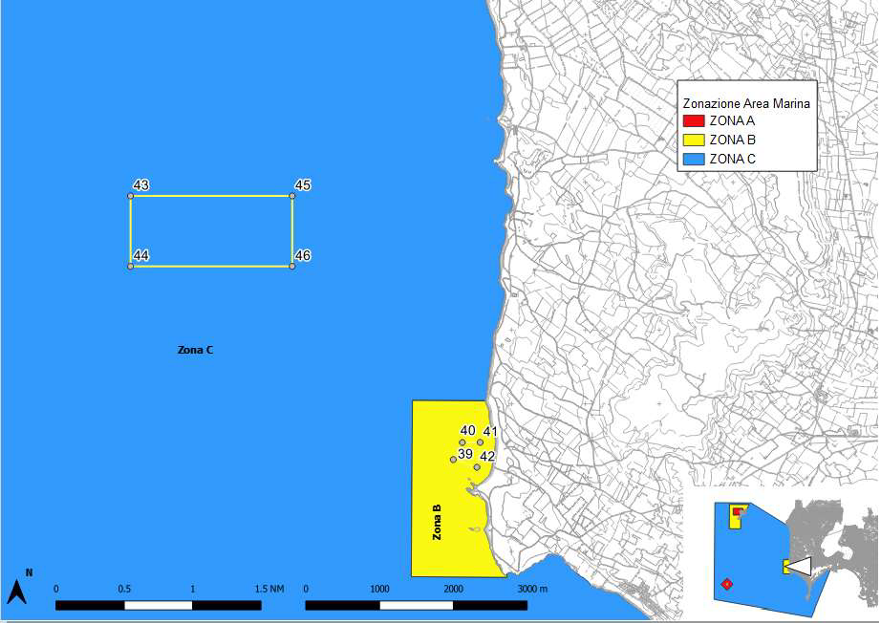
Mal di Ventre Island.
FIELD BUOYS
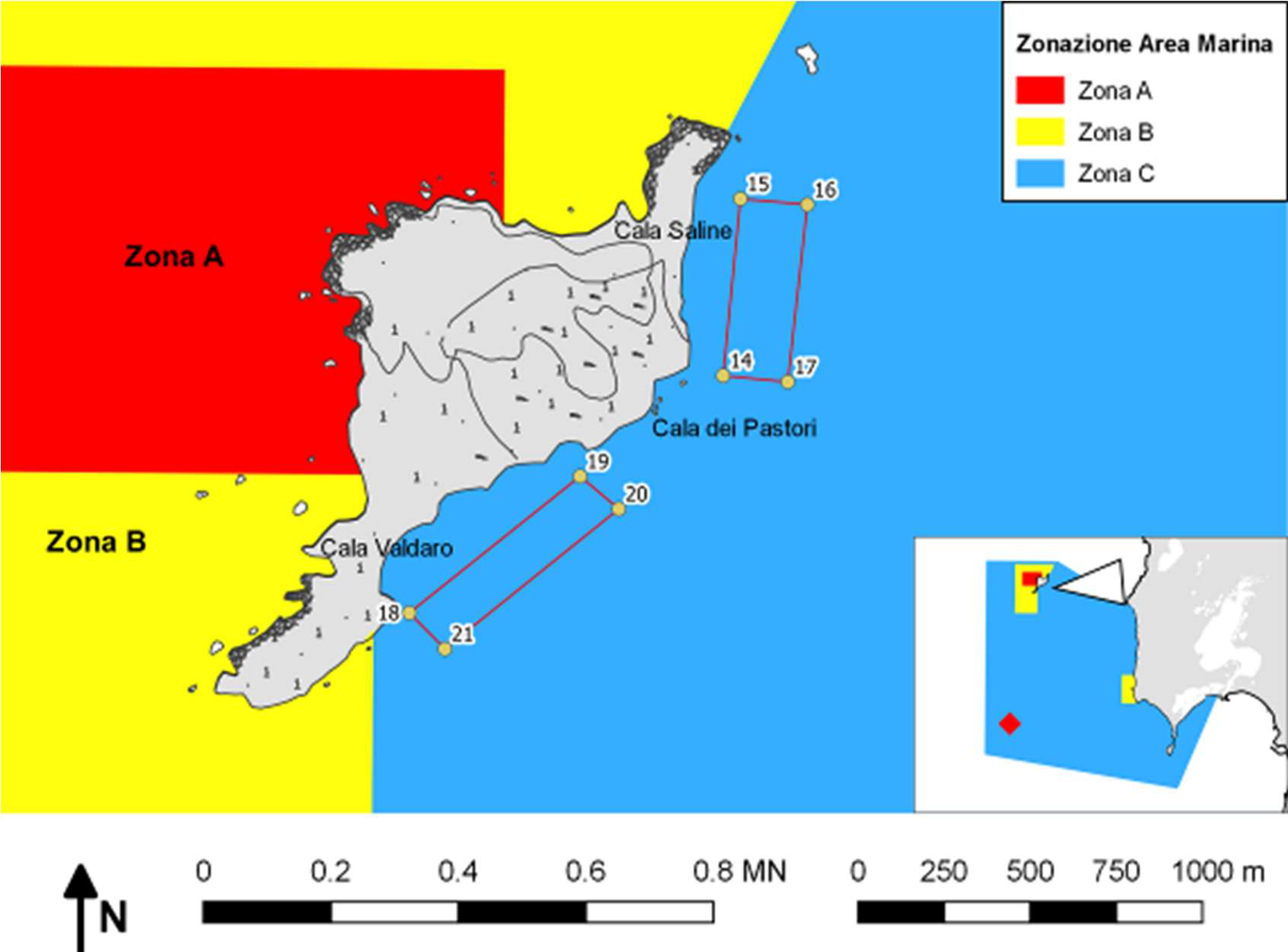
ANCHORING AREAS (DO NOT anchor on Posidonia)
